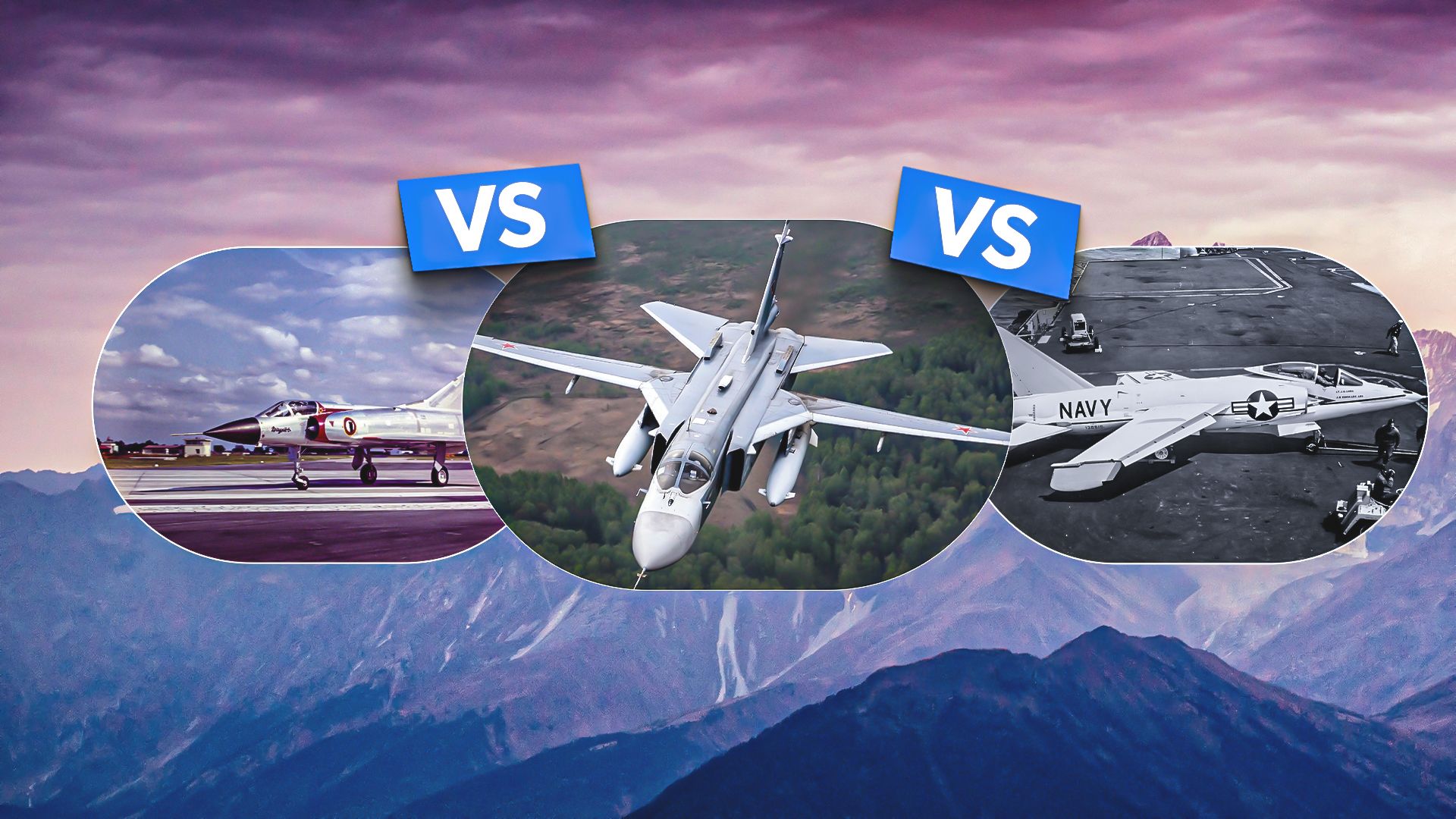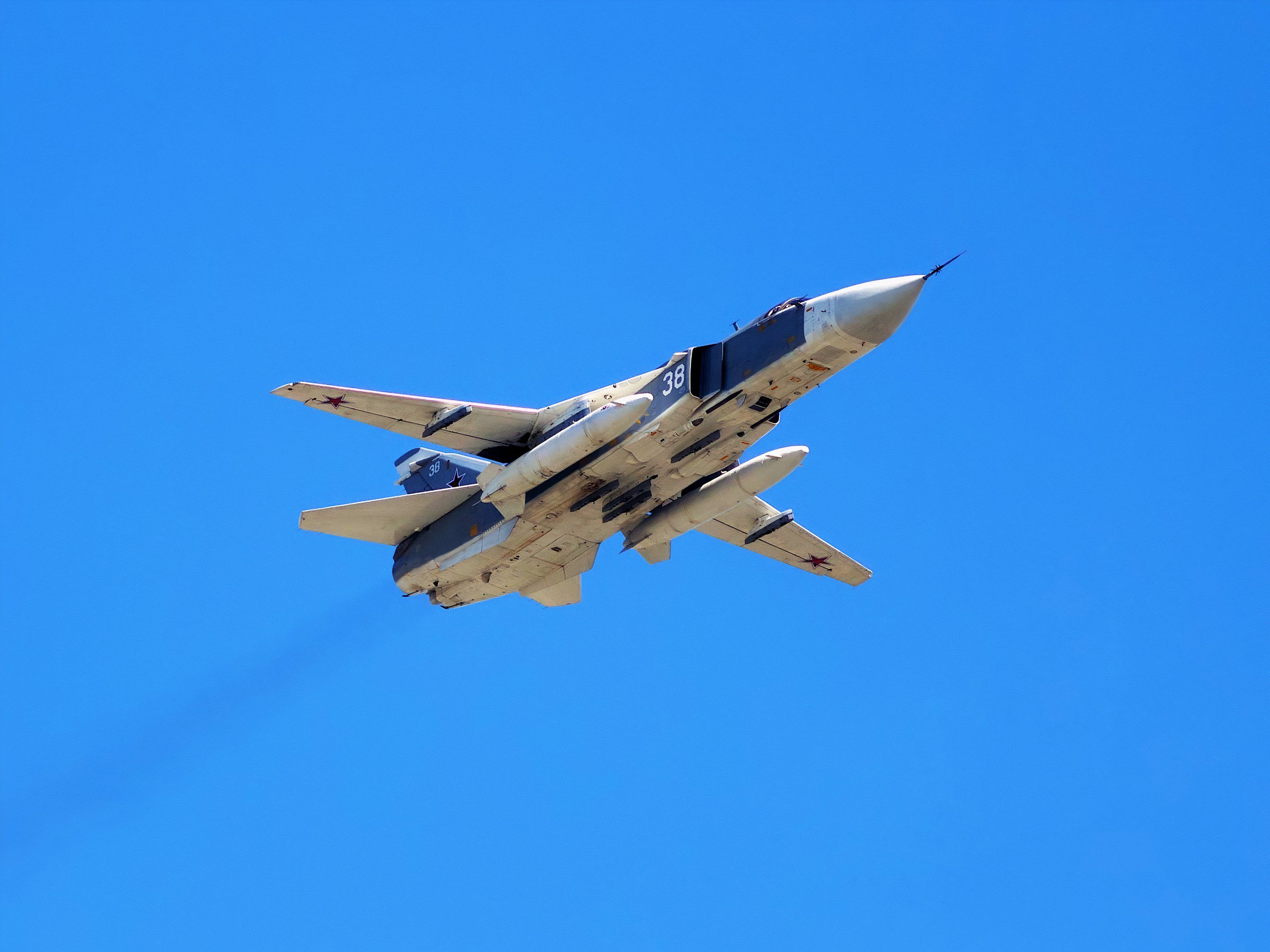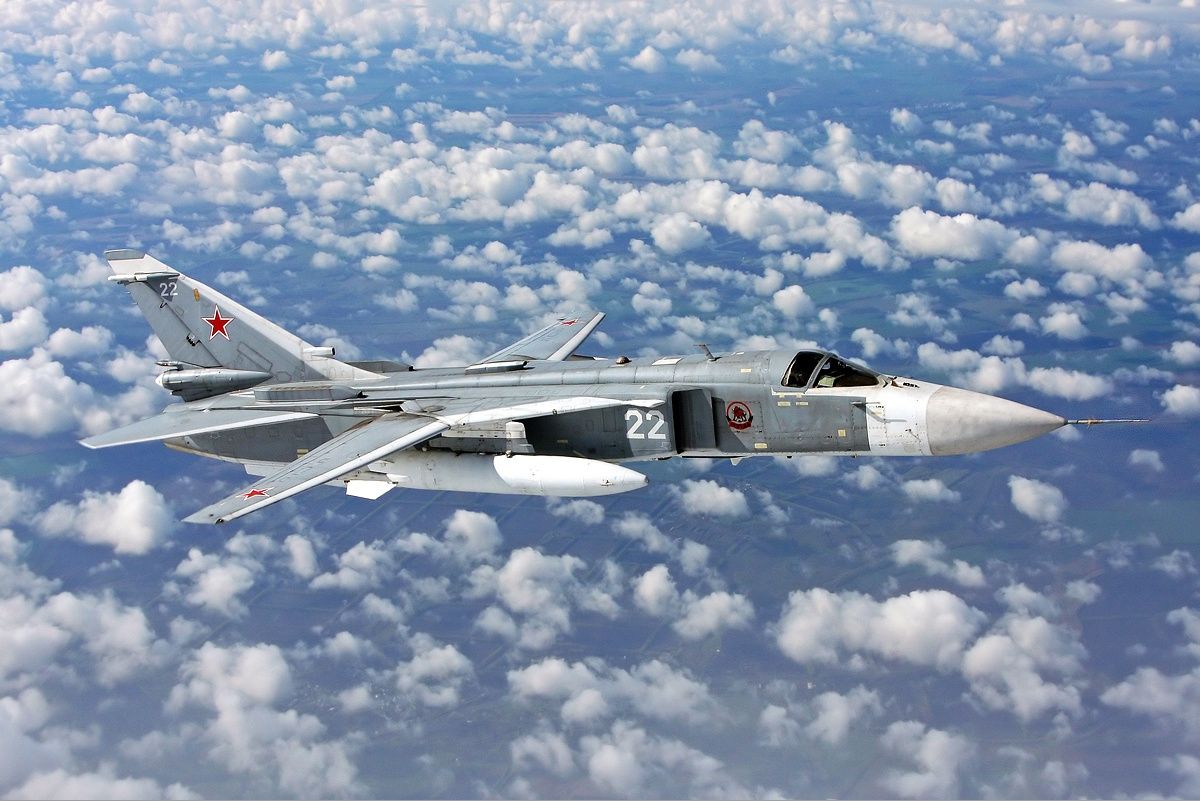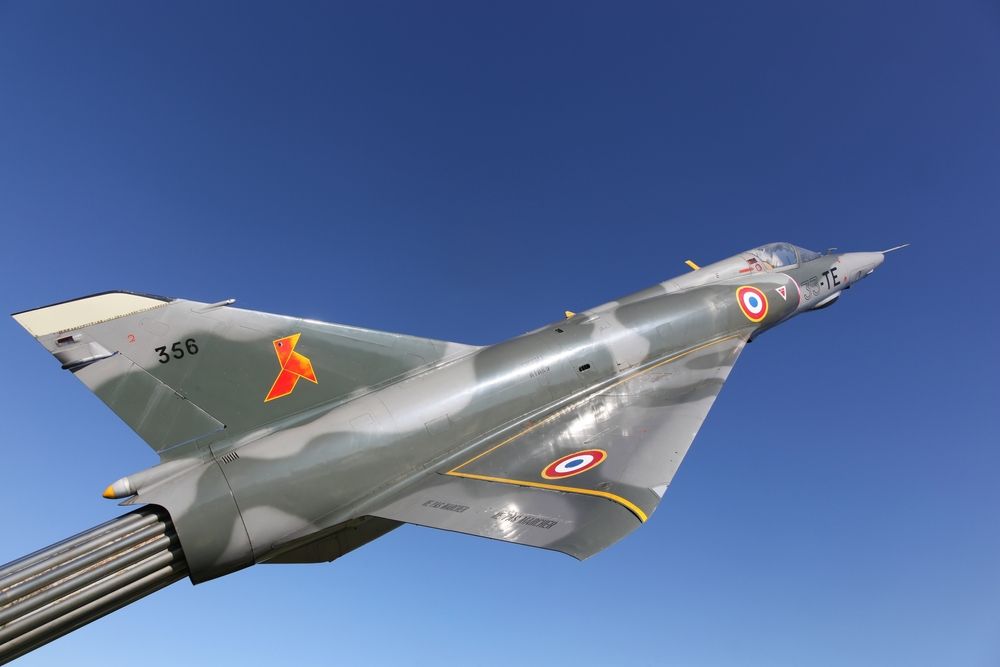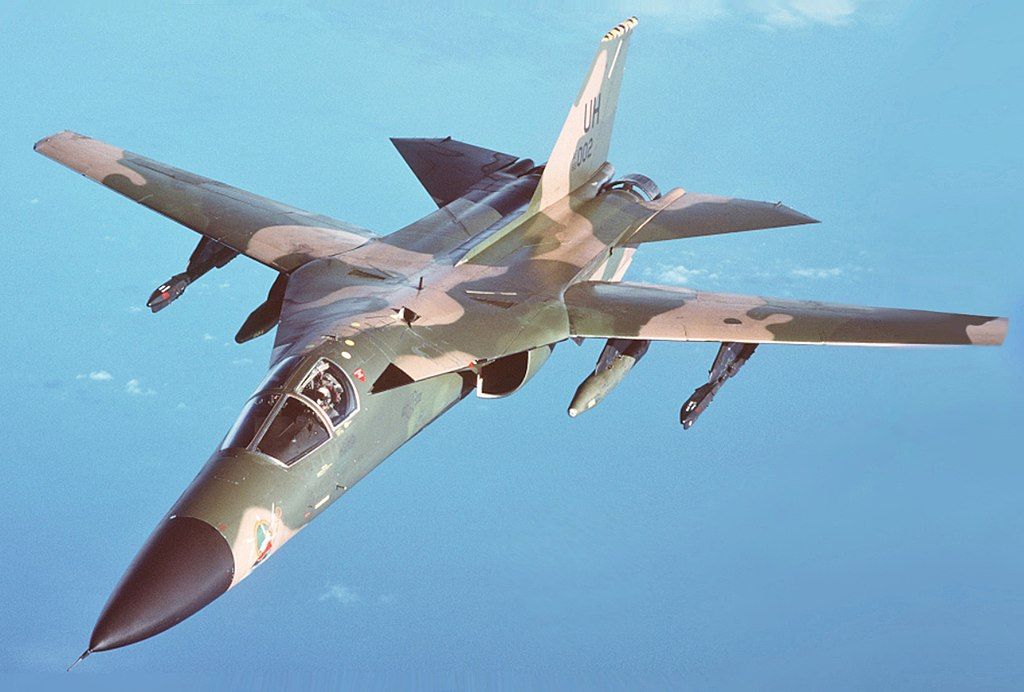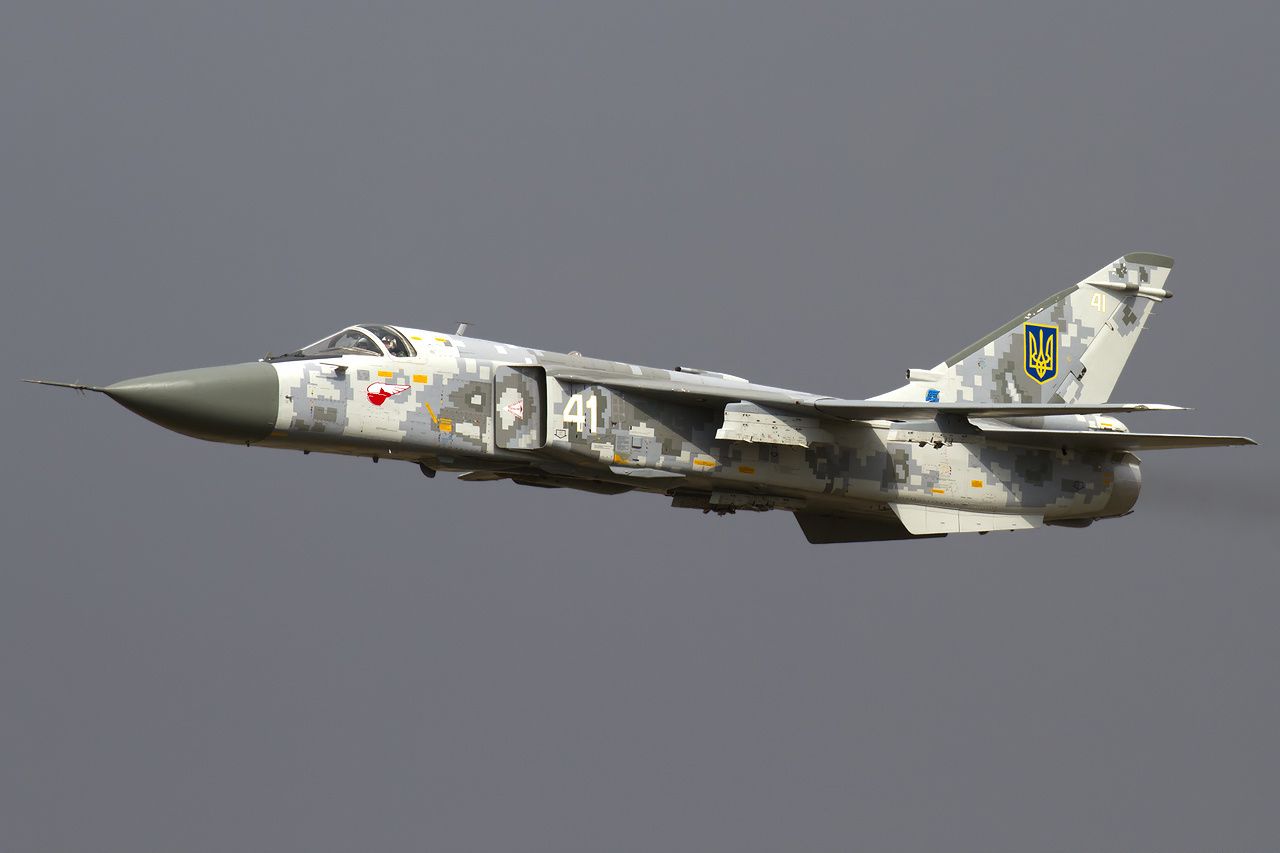Summary
- The Sukhoi Su-24 bomber copied the American F-111 and the French Mirage G8 designs for many aspects of its design.
- The Su-24’s development was plagued by engine failures, leading to numerous crashes during testing and a high accident rate in service.
- Despite accusations of copying, the Soviets were capable of unique designs, such as ekranoplans, but did create indisputable copies like the Tu-4.
The Sukhoi Su-24 bomber first flew in 1967 and entered service in 1974. It belonged to an era of variable-geometry wing designs, and some observers point out that it not only copied the General Dynamics F-111 Aardvark but also the French Dassault Mirage G8. The Soviet Union developed the Su-24 as a supersonic, all-weather tactical bomber, and it has been particularly notable in Ukrainian service during the Russian Full-Scale Invasion of Ukraine.
A double copycat
In 1967, the Soviets sent the engineer Oleg Samoilovich to the Paris Air Show to study the American F-111, the first aircraft to feature a variable-geometry wing. The observer later recorded how he took hundreds of photos of the F-111 from every angle. These were then used when working on the Su-24. Oleg Samoilovich (a top Soviet engineer on the Su-24) wrote, “We blindly copied the shape of the F-111’s nose cone.”
Photo: BorisVetshev | Shutterstock
Later, Russian propagandists speaking of the development of the Su-24 would state that the F-111 “confirmed the correctness of the chosen decisions when creating the Sukhoi Su-24.” The entertaining suggestion is that the Soviets never copied, but sometimes they just “confirmed” their pre-existing design decisions against those of the West.
|
Sukhoi Su-24 |
|
|---|---|
|
Mach speed: |
Mach 1.6 |
|
Powerplant: |
2 × Lyulka AL-21F-3A turbojet engines |
|
Service ceiling: |
36,000 feet |
|
Hardpoints: |
9 |
|
Crew: |
2 |
|
Primarily operators: |
Russia, Ukraine |
The Soviets also saw the prototype French Dassault Mirage G8 – a Mirage III variant, at the airshow. The Mirage G8 also featured a variable-geometry wing, and Oleg Samoilovich particularly admired the French landing gear and copied it.
It is sometimes said that the comparisons between the Su-24 and the F-111 are exaggerated. While the most striking similarities are the wings and nose cone, the fuselage and tail look different. However, the fuselage and tail resemble the French design, suggesting that Samoilovich copied more than just its landing gear.
The development of the Su-24 was plagued by its engines, which led to 14 crashes during the testing phase. When it eventually entered service, it continued to experience the highest accident rate of the Soviet Air Force of the era. That said, the aircraft did feature a notably good ejection seat and has remained in service long after the Mirage III and F-111 have retired (although this could have more to do with the French and American ability to build better replacement planes than the Russians).
No one should fall into the trap of thinking all the Soviets did was copy the West. The Soviets could create unique and innovative pioneering designs – their development of ekranoplans is one such example. However, the fact that they copied is undeniable. Copies could be anything from the Tupolev Tu-4 (a straight-up reverse-engineered B-29 Superfortress) to the Tu-144 (aka Concordiski), which featured many Soviet adaptions and innovations.
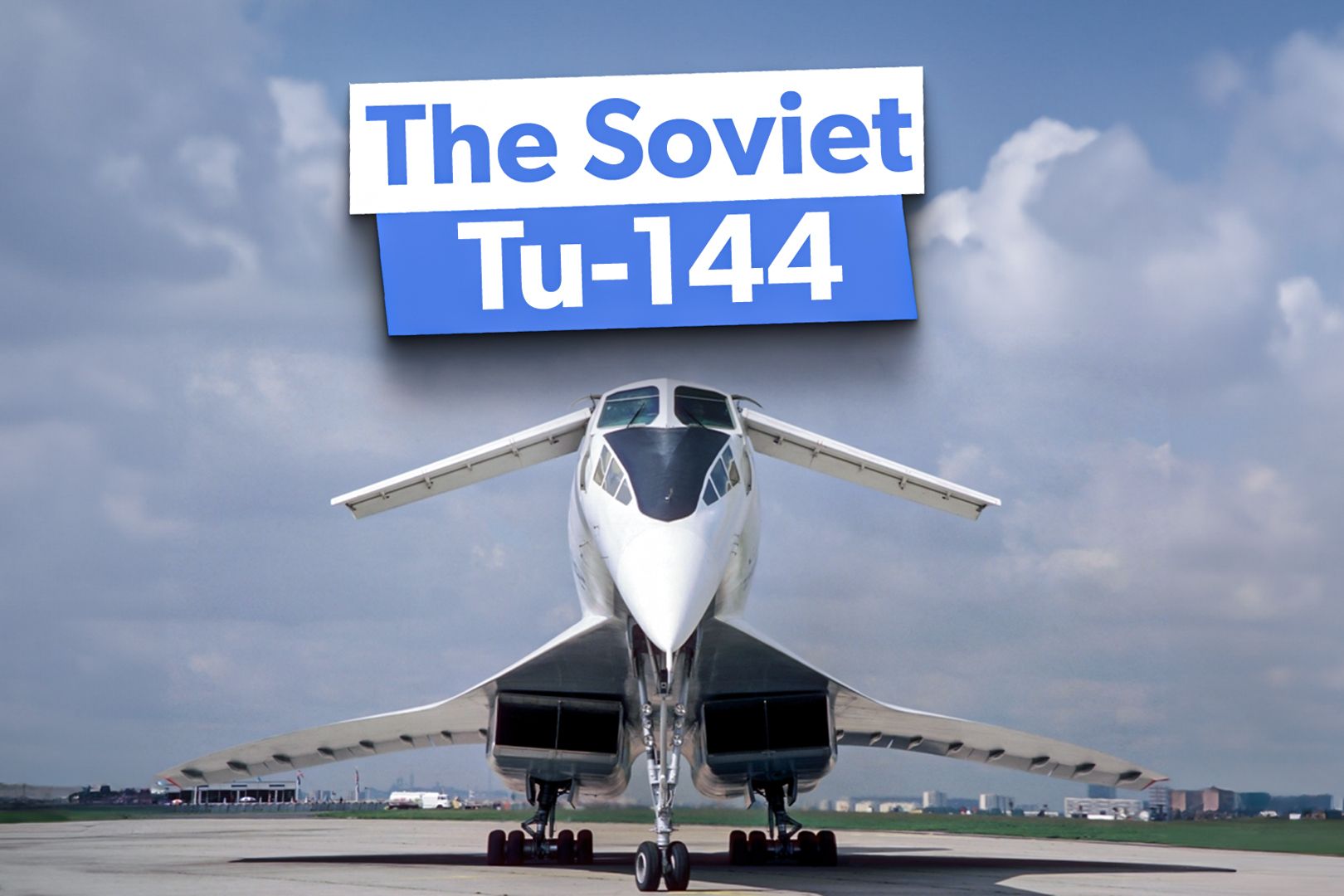
Related
Soviet Concorde: How The Tupolev Tu-144’s Last Act Was As A Flying NASA Laboratory
NASA flew the Tupolev Tu-144’s final flights as a testbed to develop the next generation of supersonic passenger aircraft.
The three aircraft
The Dassault Mirage G was a variant of the French Dassault Mirage family of supersonic jets. Only three prototypes were ever flown (G was the single-engined version, while G8 was the twin-engined version), and they never entered serial production.
Photo: ricochet64 l Shutterstock
|
Sukhoi Su-24 |
Dassault Mirage G |
F-111 Aardvark |
|
|---|---|---|---|
|
First flight: |
1967 |
1967 (Mirage G) / 1956 (Mirage III) |
1964 |
|
Introduction: |
1974 |
1961 (Mirage III) |
1967 |
|
Number produced: |
Approx. 1,400 |
3 (G/G8s) / Over 1,400 (Mirage III) |
563 |
|
Country of origin: |
Soviet Union |
France |
United States |
|
Status: |
in service |
limited service (Pakistan) |
retired |
The Dassault Mirage III was the first Western European fighter jet to exceed Mach 2 and was a successful family of jets. It saw extensive use in the Arab-Israeli Wars and the Indo-Pakistan War 1971. France, Argentina, Australia, Israel, and many others flew it. Today, only Pakistan is believed to have them in service.
The General Dynamics F-111 Aardvark was built for attack/interdiction, bombing, electronic warfare, and reconnaissance roles. It first flew in 1964 and pioneered variable-sweep wings and after-burning turbofan engines, among other innovations. It was only operated by the US Air Force and the Australian Air Force, with Australia retiring the last of the F-111s in 2010.
Around 1,400 Sukhoi 1,400s were built and were widely inherited by the successor states to the collapsed USSR. Many countries like Kazakhstan and Belarus have since retired the jets.
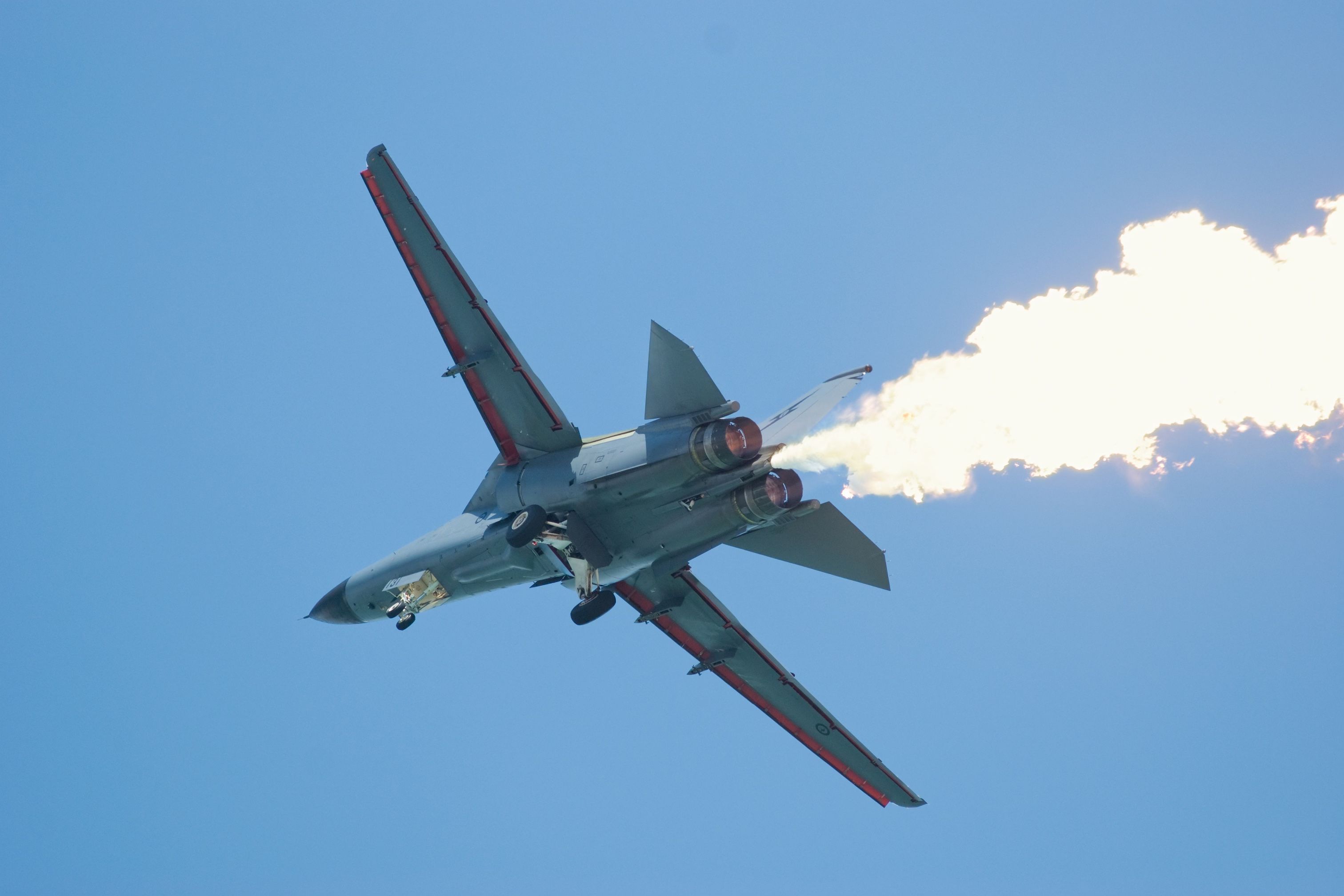
Related
All-Weather Attack Aircraft: A Look At The General Dynamics F-111 Aardvark
From bombing to aerial reconnaissance, this was a highly versatile military jet
An unexpected epilogue
Today, the Sukhoi Su-24 remains in service in the Russian, Ukrainian, Syrian, Algerian, and some other air forces around the world. Russia has recently used them to violate Swedish airspace amid tensions over the ongoing war in Ukraine.
The best days of the aging Sukhoi Su-24 “Fencer” are long behind it, but it is receiving a notable epilogue by Ukraine, having been jerry-rigged to carry advanced Anglo-French Storm Shadow/SCALP-EG missiles. Until Western-built jets start arriving in Ukraine, it is believed that only the Su-24 can carry these missiles.
Ukraine entered the war with only a few operational Su-24s, and many are known to have been destroyed by Russia. However, a February 2024 Forbes article suggested that Ukrainian efforts to restore old airframes have resulted in more of these old legacy aircraft in service now than before the full-scale war (despite Russia destroying possibly more Su-24s than Ukraine had operational at the beginning of the war).

